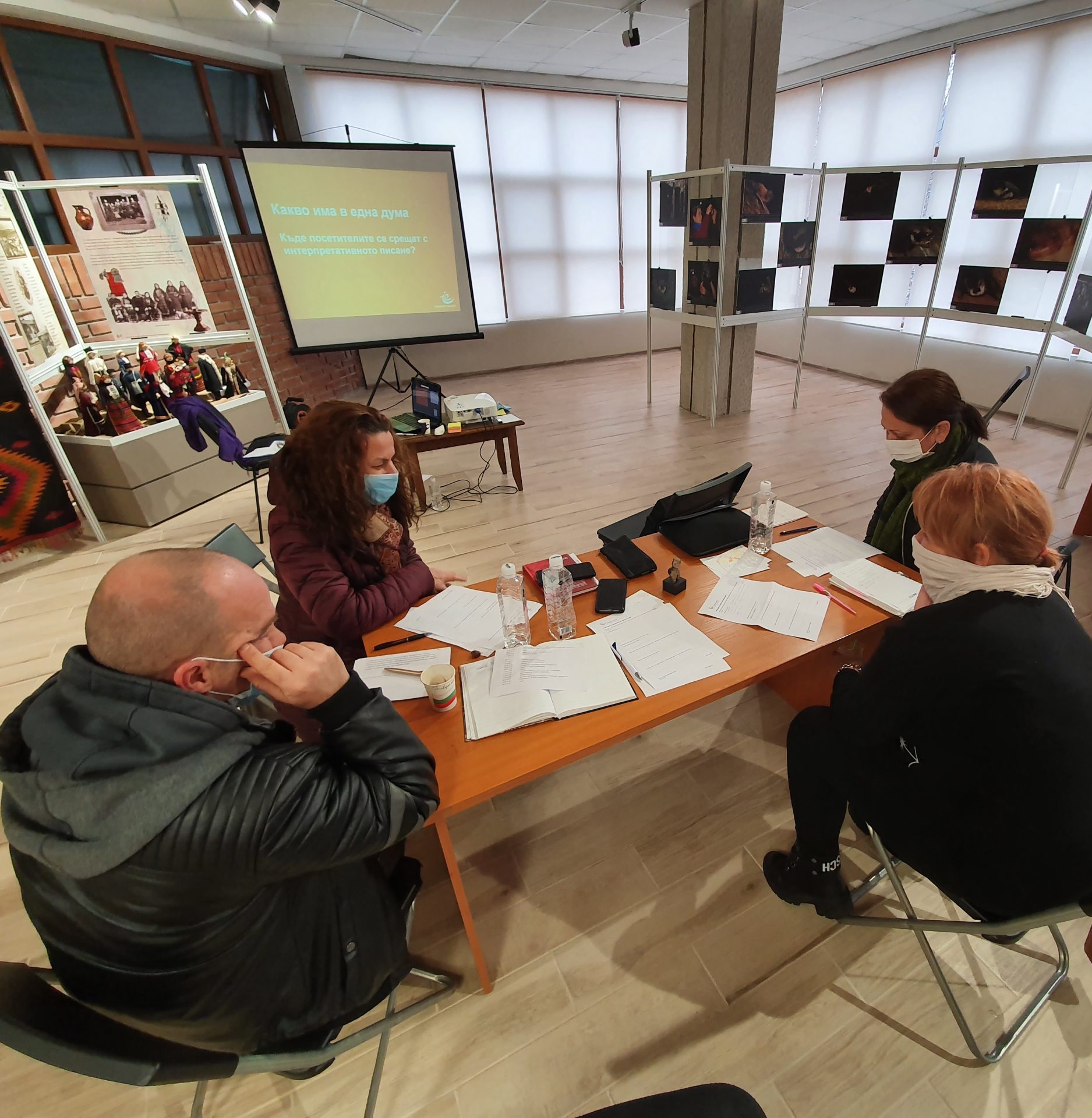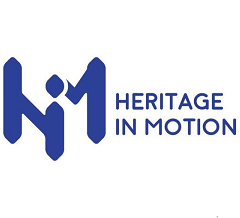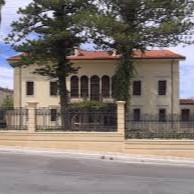We are lucky to love our jobs. To present and promote our natural and cultural heritage is a great responsibility and a challenge.
We all had the opportunity to take part in an IE Certified Interpretive Writer (CIW) course in January and wanted to share our experiences and what it means for our jobs.
Pavel:
Before the start of the course, I didn’t even know what the term interpretive writing stood for, or how to present information better. Thanks to our experienced trainer, however, by the last day of the course I had a clear idea of how to deliver information to the general public in an attractive and engaging way. Actually, only a week after the CIW course, I already had a chance to use my new knowledge and skills in the preparation of posters for a temporary archaeological exhibition. I believe it went rather well!
Rayka:
The way of organising and handling the course turned out to be very effective and useful for our museum; it gave us the chance to involve a larger number of museum specialists. The topics included in the CIW course presented the important tools and rules which are used to interpret scientific information in an accessible and impressive way. Our trainer, Simana Markovska, prepared appropriate practical tasks and examples in Bulgarian for us, in order to ‘visualise’ and reinforce the theoretical part. The knowledge and skills that we acquired during the training are very important to us as museum workers in order to attract more visitors by applying the interpretive tools when presenting the cultural and natural heritage of the region. The biggest challenge was to realise that it is more important for the visitors to leave the museum remembering three interesting and meaningful things than loaded with scientific data and unnecessary details of which they would recall, at best, only the headline.
Tonya:
We must be convincing in our strive to show how precious our heritage is and how important it is to cherish and protect it. But, as we learned from the CIW course, this can be done in a more delicate way, with a smile and other tactical methods of the interpreter. We don’t have to impose our opinions and views; there is a very appropriate Bulgarian saying here: “Beauty doesn’t come by force”. And, when we come to think of it, it is exactly so. We don’t have to burden the public with unnecessary facts; we must make an influence through emotions; turn a visit into an experience which is worth remembering. To help the visitors find for themselves the conclusions we have already made for ourselves. We are able to realise all of this because of the training. The commitment and the good examples provoked us to look ‘from the other side’ and step into the shoes of our public.
The three authors all work for the Regional Historical Museum of Blagoevgrad. Pavel Hristov is a curator in the Archaeology Department and is one of the newest members of the museum team. Rayka Ivanova is the chief curator in the Nature Department and Tonya Todorova is also a curator in the Nature Department. Rayka and Tonya have worked at the museum for many years.
To cite this article: Hristov, Pavel and Ivanova, Rayka and Todorova, Tonya (2021) ‘CIW – A calling’. In Interpret Europe Newsletter 1-2021, 12.
Available online: https://interpret-europe.net/wp-content/uploads/2021/03/Newsletter-Spring-2021.pdf




